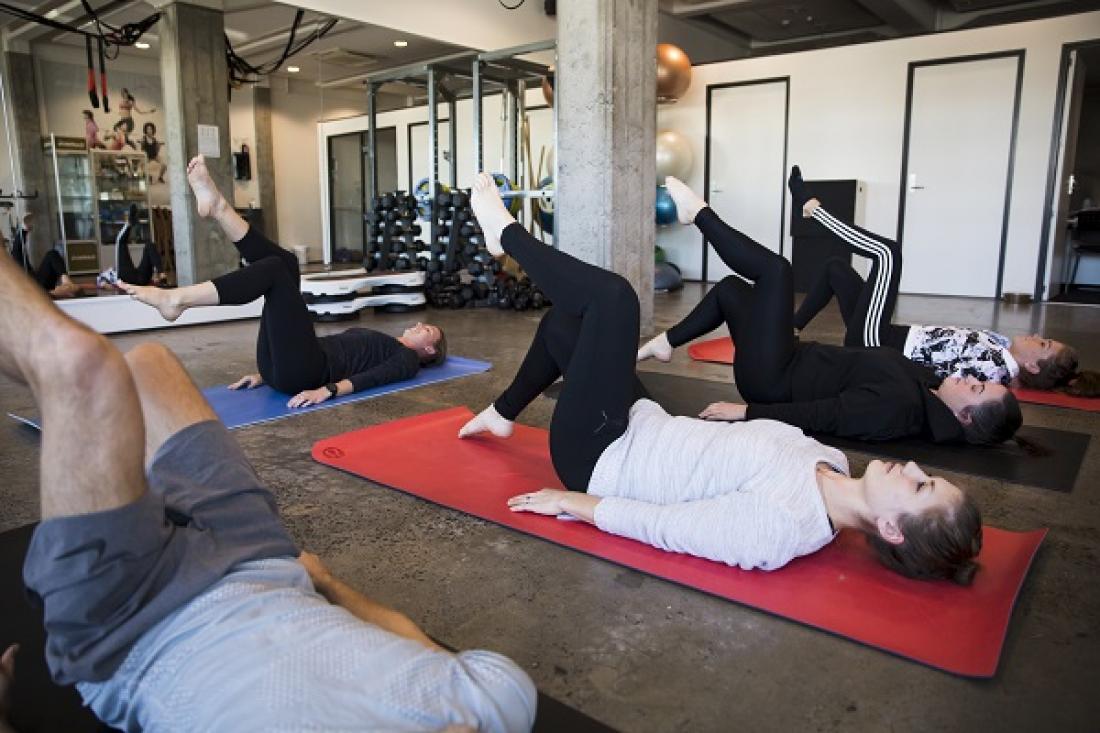Pilates for Runners

Have you considered incorporating Pilates style exercises into your training program to help get you across the line of ASB Auckland Marathon?
The team at Sports Lab see these exercises as being an excellent starting point on your journey to improving your movement efficiency. These exercises are by no means the end point they are designed to give you a small taster in an easily digestible format, we hope you enjoy them and find them useful.
These exercises can improve your proprioception (the bodies awareness of its position) and feedback mechanisms which in turn can improve your running form and help keep you injury free.
With practice these exercises aim to teach you some basic movement patterns and build awareness around the interaction between your trunk and pelvis, they will also help, improve strength, flexibility, enhance your breathing and running posture.
- The interaction between your Trunk and Pelvis- this is essential for effective and efficient running form. Running is dependent on the ability to effectively transfer forces between your upper body through your trunk into your pelvis and lower body. Developing an awareness of the interaction between trunk and pelvis is a good starting point.
- Improving strength- Pilates not only strengthens muscles in our abdominal area but also in our legs, providing us with better hip, knee and ankle control. This results in better running alignment and biomechanics, optimizing performance and reducing your risk of injury.
- Improving flexibility- ensuring your muscles maintain their optimal length especially as your training volumes ramp up is particularly important – Pilates incorporates stretching and mobility exercises to achieve this.
- Breathing & Posture- Through strengthening and improving your body awareness you will find yourself better aware of your positioning and able to run in a more upright position. This sets your body up to utilize the diaphragm efficiently. Pilates exercises are also performed with an emphasis on correct breathing patterns and strengthening of the diaphragm.








